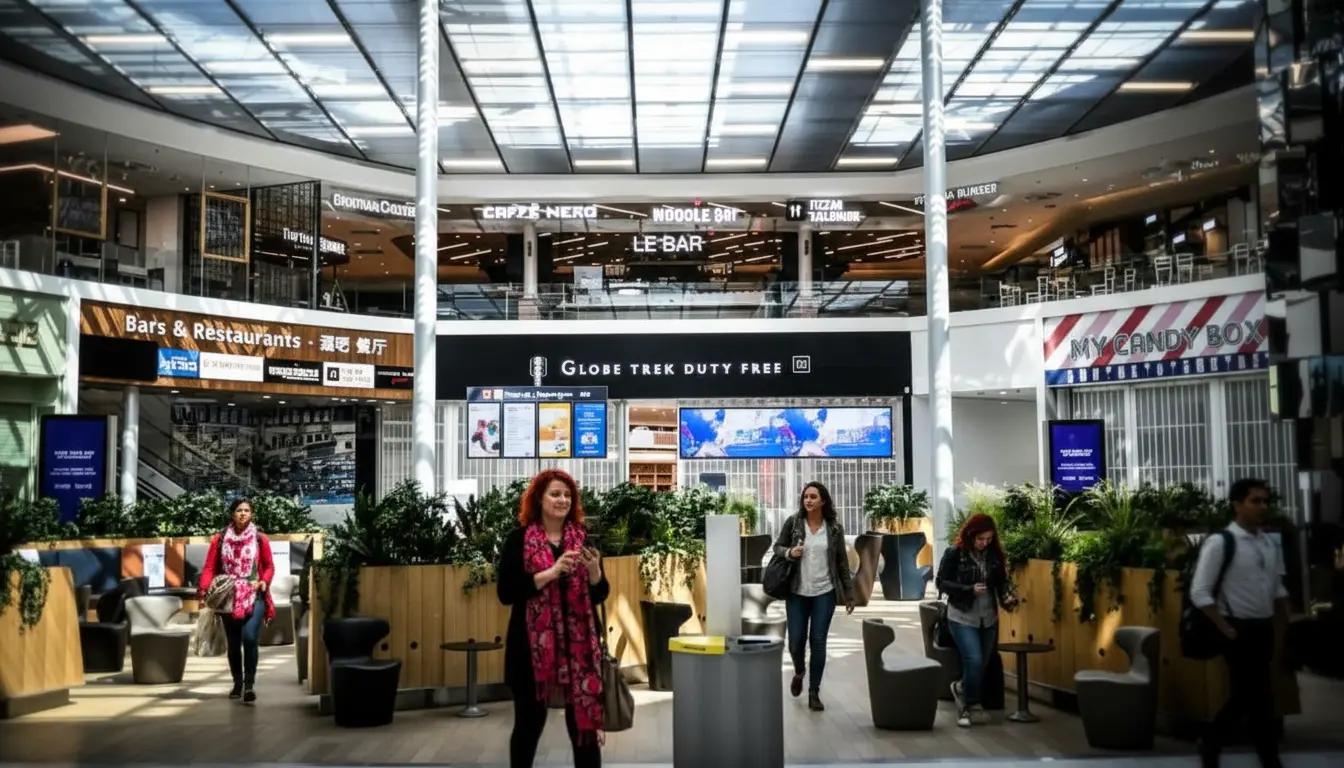Remember when duty-free shopping was practically a ritual at airports—a pre-flight detour, maybe even a guilty pleasure? Perfumes, cigarettes, chocolate… all tax-free and piled temptingly high. But post-pandemic, those bustling shelves have been looking lonelier than ever, and the numbers prove it: despite air travel roaring back, duty-free shopping is struggling like a suitcase on a broken trolley.
From Boom to Bust: The Duty-Free Freefall
Just a few years ago, airport duty-free stores were doing a brisk trade. But since the end of the COVID-19 health crisis, sales have plummeted. This sharp downturn is particularly jarring because air traffic itself has rebounded almost to 2019 levels.
A report from consulting firm Kearney, released during the Tax Free World Association expo, spells it out:
“The Covid crisis abruptly interrupted a decade of strong and steady growth—about 9% per year—across travel retail.”
So, while people are back in airports, they’re leaving those telltale shopping bags behind.
By the Numbers: Global Sales Take a Hit
Let’s talk figures. Kearney’s study notes that the average spend per traveler plunged by 29% in 2022 alone, clocking in at $17 per traveler. In 2024, this average has slipped further to $15—well below the $24 travelers splurged in 2019. Looking at the wider picture, global duty-free sales reached $74.1 billion last year, which is a painful 13% drop compared to the pre-pandemic high.
Why Shoppers Are Shunning Duty-Free
There’s no single reason for this retail nosedive—it’s a cocktail of price sensitivity, changing habits, and digital distractions. For starters, Kearney found that 64% of passengers are dissatisfied, either with prices (50%) or the products on offer. Price is a real sticking point lately, and not just because that celebrity fragrance is out of your budget:
General inflation has dented everyone’s spending power.
Airfare inflation means many travelers have already tightened their belts before stepping into the terminal shops.
People are having to make choices. And as for time? More and more travelers—especially younger ones—are using their waiting time at airports to bury themselves in their screens rather than trawl the aisles.
New Generations Want a New Experience
Millennials and Gen Z (that’s generations Y and Z for the jargon fans out there) are becoming a bigger slice of the traveling public, and their expectations for shopping are, let’s just say, not stuck in the previous century. The Kearney study highlights:
“For 77% of these generations, the shopping experience itself is more important than the price when it comes to making a duty-free purchase. If the sector wants to recapture traveler interest—and make airports attractive as shopping destinations—they’ll have to rethink the standard playbook.”
So what do travelers actually want? Kearney’s authors recommend:
“On top of attractive prices and special deals, travelers are looking for a broad product range, personalized interactions, a tailored shopping experience, and top-quality service.”
The data from Kearney’s survey is revealing:
37% of respondents would buy more in airports if exclusive products were available.
17% would spend more if they could have goods delivered.
Overall, 32% name the shopping experience itself as a key purchase driver, and a whopping 69% say waiting time at the airport could be prime shopping time—if used the right way. Window-shopping just got a digital upgrade!
What’s Next for Airport Retail?
Kearney’s crystal ball? The future hinges on teamwork—airports, brands, retailers, airlines, and digital players need to pool their data and work together if duty-free is to regain its lost sparkle, especially in Europe.
“Only a genuine rethinking of how things work, and some collective soul-searching, will allow travel retail—especially European travel retail—to find new relevance for generations to come.”
Kearney’s study surveyed 3,500 customers across 10 countries, alongside interviews with over 40 senior executives from global airports, airlines, travel retailers, and brands.

